A physical injury or wound that is produced by an external or internal force.
Trauma
A fracture with enough displacement that the bones break through the skin.

Open fracture
Epiphyseal growth plate injury where there is a fracture of the physis. 
Epiphyseal Growth Plate Injury 3
A muscle or tendon is overstretched by tension or forced to contract against too much resistance, separation or tearing of muscle fibers occur.
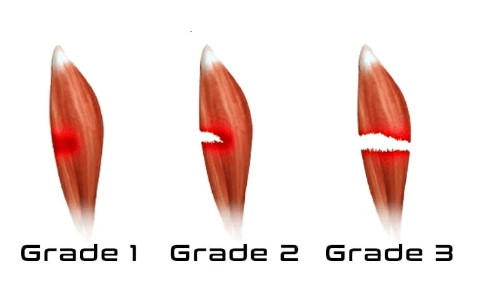
Strain
When at least one bone within a joint is forced completely out of the joint and must be manually or surgically put back into place or reduced.

Dislocation
When the ability of the tissue to withstand stress and strain is exceeded, and an injury occurs.

Mechanical Failure
A fracture that has an S-shaped separation within the bone.

Spiral fracture
Epiphyseal growth plate injury where there is complete separation of the physis in relation to the metaphysis without a fracture to the bone.

Epiphyseal Growth Plate Injury 1
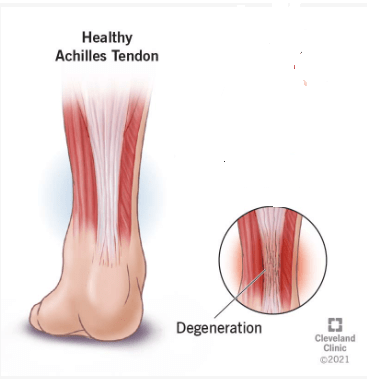 When you have microtears or degeneration of your tendon.
When you have microtears or degeneration of your tendon.
Tendinosis
A bone comes partially out of its normal articulation but then goes right back into place.
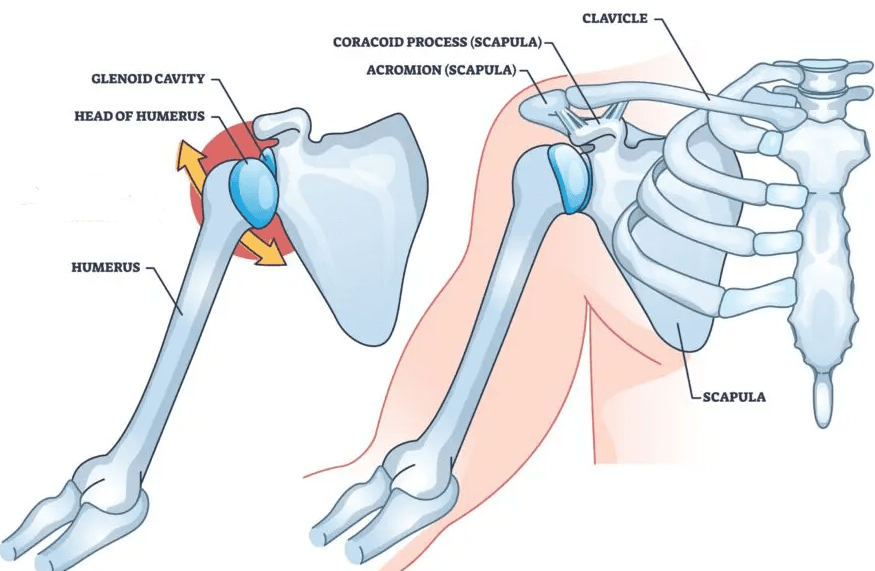
Subluxation
The force that pulls or stretches tissue that pulls a structure apart.
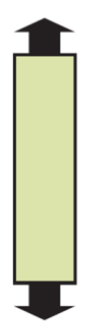
Tension
Fracture that is an incomplete break in a bone that has not completely ossified (Elementary - Middle School aged athletes).
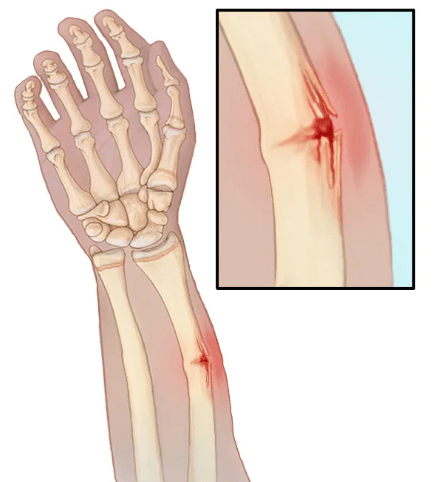
Greenstick fracture
Epiphyseal growth plate injury where there is a fracture of a portion of the physis and metaphysis.

Epiphyseal Growth Plate Injury 4 (IV)
Inflammation of the synovial sheath around a tendon.
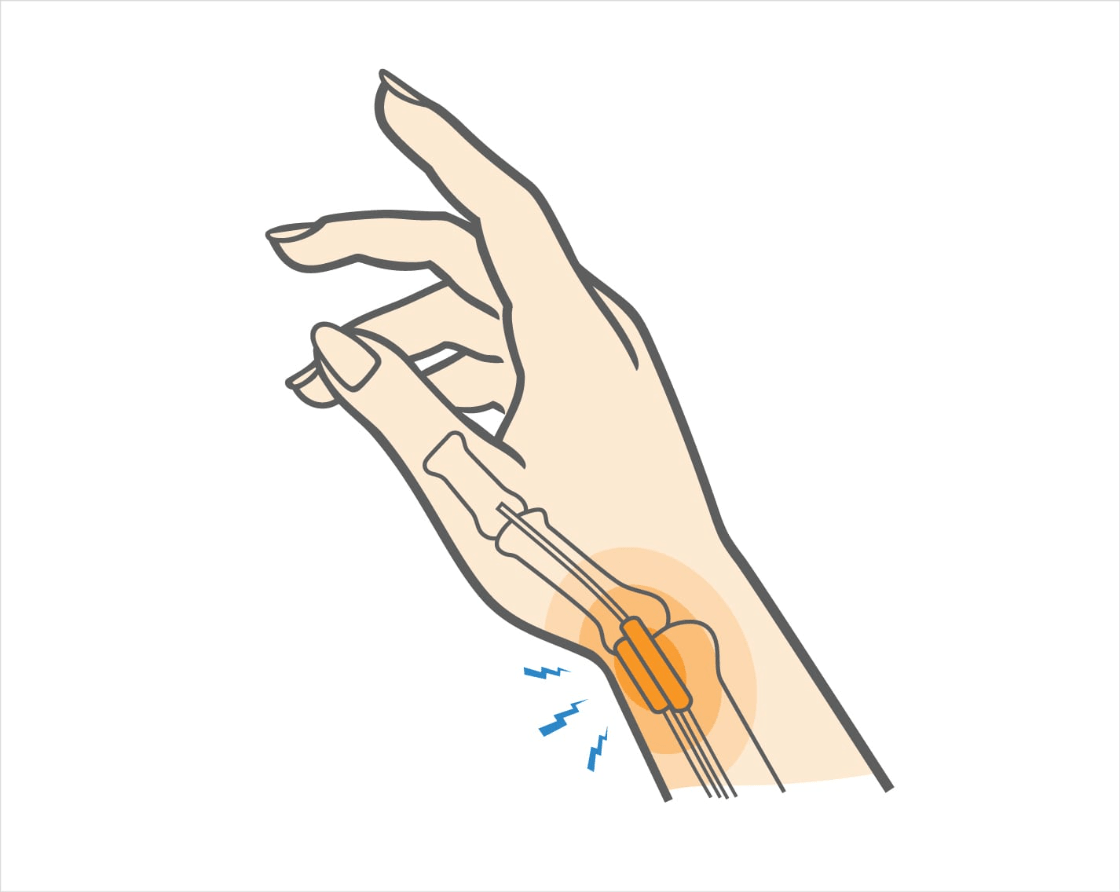
Tenosynovitis
The axon is damaged, however, most of the covering connective tissues are still partially or fully intact. Seen in crush and stretch injuries.
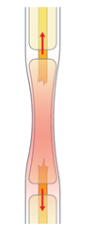
Axonotmesis
When tissue is deformed to the extent that it is no longer reacts elastically.
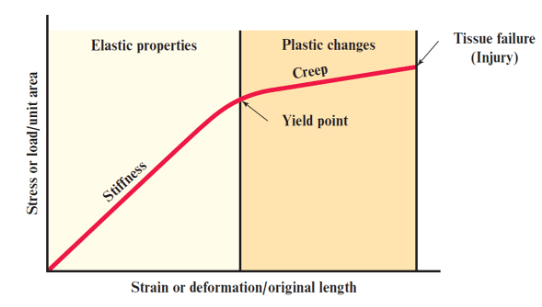
Yield Point
Consists of 3 or more fragments at a fracture site.

Communited fracture
Epiphyseal growth plate injury where there is separation of the growth plate and a small portion of the metaphysis.

Epiphyseal Growth Plate Injury 2
A discreet, hypersensitive nodule within a taut band of skeletal muscle or fascia.
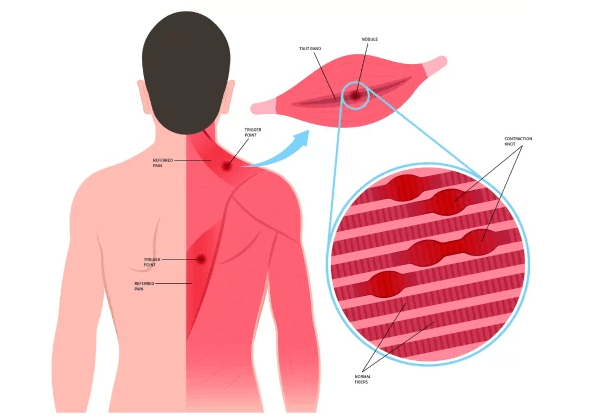
Myofascial Trigger Point
Mildest nerve injury. Caused by compression or mild blows close to the nerve.

Neuropraxia
Loads caused by twisting in opposite directions from the opposite ends of a structure cause shear stress over the entire cross section of that structure.
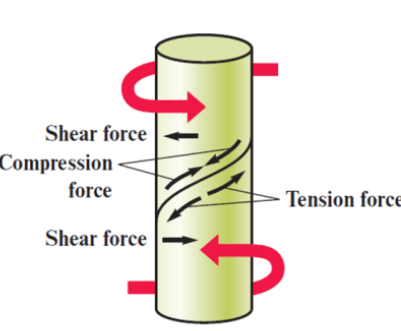
Torsion
A fracture occurs on the opposite side of the body from where the contact was. You get hit on one side of the head, but the pressure in your head creates a fracture on the other side of the skull.
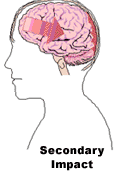
Contrecoup fracture
Epiphyseal growth plate injury where there is no displacement of the physis, but the crushing force can cause a growth deformity.

Epiphyseal Growth Plate Injury 5 (V)
Following injury, the muscles that surround the injured area contract to, in effect, splint that area, thus minimizing pain by limiting movement.
Muscle Guarding
A serious injury that involves the crushing of a nerve or complete division (severing). 
Neurotmesis